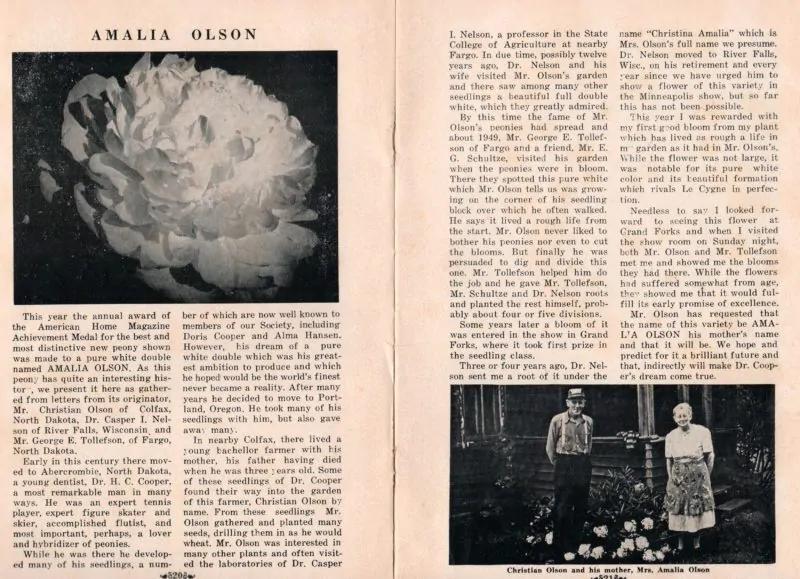What paeonia species is this?
Peony species are plants we have a special interest in. First of all because we find many of them particularly attractive with their often different foliage and of course pretty single flowers. Another reason is that we are trying to hybridize with the wild forms of the genus Paeonia. To be able to do so one must of course first have access to these wild plants. As so many paeonia species afficionados will be able to attest: it is very difficult to find true wild species. This may be due to the fact that many of them are not particularly easy to grow, but some are also growing in places that are not very accessible whilst some are simply so rare in nature as to be nearly extinct.
Another difficulty however is that paeonia classification and naming is a mess with quite a few botanists differing in their opinion on what species do exist. The fact that many populations of wild paeonia species are ‘polymorphic’ (having a large diversity of shapes, colours, height and so on), doesn’t make it more simple of course. There have been a few classifications of all wild peony species over time. The most widely accepted one is from Hong De-Yuan in his “Peonies of the World” monographs. There is a key in it to help you decide what species you’re looking at. Whilst not perfect and obviously open to some errors, it can surely help you in many if not most cases.
We are quite happy to say that we’ve added a new feature on this website helping you to determine your peony species, based upon Hong’s key. You can find it by clicking through below. Mention that whilst it is fully working with Hong’s key, we’ll be adding more subspecies and recently found species in the future. Some of the species classification of Hong is questionable, especially P. daurica, so in due time, we’ll probably add more or change it there. But by all means his key is a good starting point. The sources of these changes will be mentioned within the page then. Some more images are also planned. This will all take some time and peony season is also upon us, so it will probably be after that season that we’ll continue work.
Feel free to try it out and the comments section below is at your disposal to tell us any problems that might occur or, better yet, suggest any improvements. We hope you find it useful. Please report any problems that might arise, as it is ‘new’, some toothing problems are to be expected, but these can often be solved quickly.
There are of course many other places where you can look for information on paeonia species:
Our own website has a section devoted to species: click here
There’s also SPIN (Species Peonies International Network): click here
Scientifically accepted paeonia names and synonyms (Kew Plants of the world online): click here
The American Peony Society: click here
Facebook group Paeonia species (only species): click here
Facebook group Species Paeonia Group: click here
Carsten Burkhardt’s peony website: click here





















